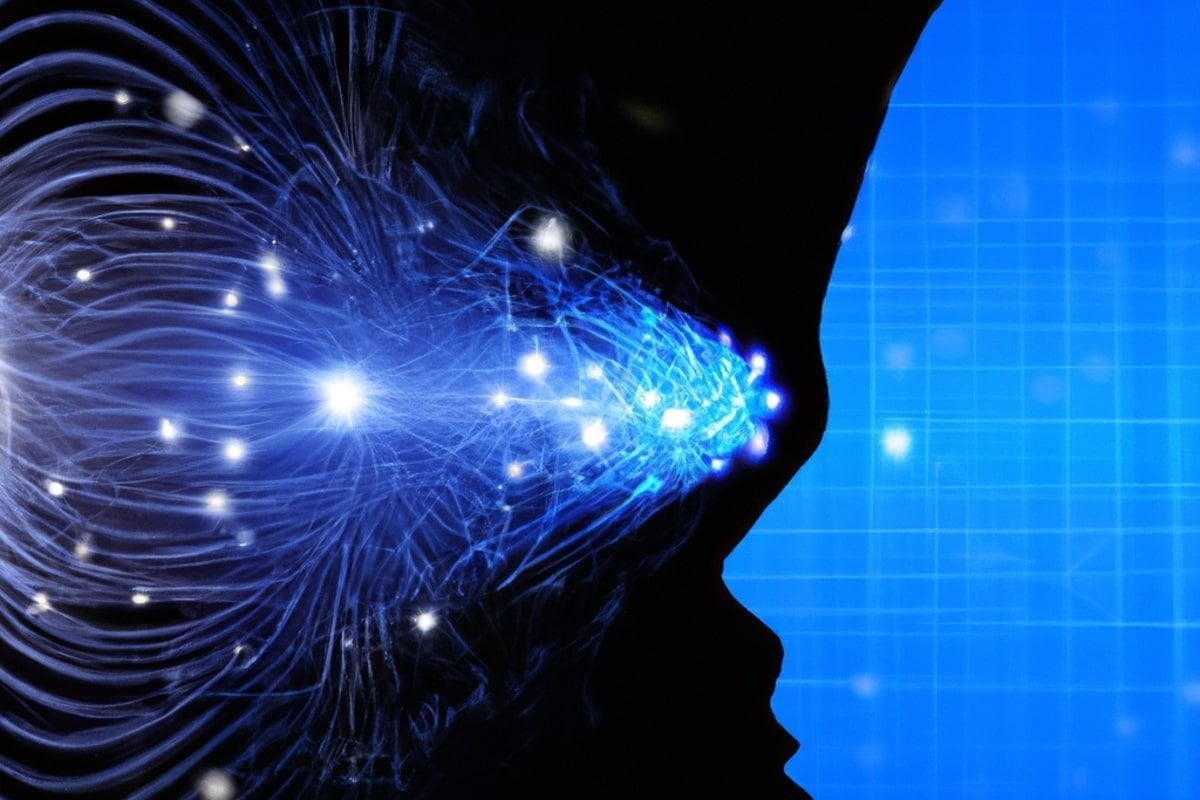Summary: Our brain consumes a significant amount of energy, accounting for about 20% of the body’s total energy consumption. Most of this energy is used for information processing.
While research shows that increased mental activity does lead to slightly higher energy consumption, this increase is minimal, region-specific, and often offset by energy decreases in other areas.
Feeling exhausted after mental activity is likely due to mental stress rather than actual energy depletion. Pacing yourself can help avoid mental overload, stress, and fatigue.
Source: The Conversation
After a long day of work or study, your brain might feel like it has been drained of energy. But does our brain burn more energy when engaging in mental athletics than it does during other activities, such as watching TV?
To answer this question, we have to look at the engine room of our brain: the nerve cells. The main energy currency of our brain cells is a molecule called adenosine triphosphate (or ATP), which our body makes from sugar and oxygen.
Tracing brain energy consumption can be done using both sugar and oxygen, but oxygen is the more accessible option.
Tracing oxygen consumption, the brain accounts for about 20% of the body’s energy consumption, despite only representing 2% of its weight.
How do we know?
In 2012, British neuroscientist David Attwell and colleagues measured oxygen consumption in slices of rat brains.
They determined that while 25% of energy needs are used for housekeeping activities, like maintenance of cell walls, the bulk 75% is used for information processing, such as computing and transmitting neural signals.
We can’t measure brain energy consumption in humans in this way, but we can follow the oxygen, as increased brain activity requires more oxygen.
One approach to measuring our bodies’ oxygen consumption changes is to measure CO₂ levels via a capnography device (where air goes into a tube). This requires participants to wear a mask but is otherwise non-invasive.
Research indeed shows increased mental load (such as performing mental arithmetic, reasoning, or multitasking) is linked to increased oxygen consumption (measured via CO₂ release).
However, the increased oxygen consumption could also be due to the whole body reacting to an emotional, stressful situation and not reflecting actual changes in brain activity.
Can we measure oxygen use just in the brain?
It’s complicated. Increased brain activity triggers an increased supply of oxygen-rich blood. That extra supply of oxygen-rich blood is region specific and can be (literally) channelled with micrometre precision to active neurons.
Since blood and its oxygen are weakly attracted by magnetic fields, we can use MRI (magnetic resonance imaging), a radiation-free tool, to obtain an, albeit indirect, measure of brain activity.
But unfortunately, we can’t use MRI to tell us how much energy our brain uses for different mental activities. MRI studies can only identify relative differences in brain activity and energy consumption rather than absolute values.
This makes sense, however, given that our brain is always on and therefore always has energy needs. Even in moments, we might casually consider idle-mind states, we still process vast amounts of information.
First, there is the ever-present sensory input: we typically don’t spend our day in a dark floatation tank.
Second, our mental activity, even in a seemingly task-less state, will bounce from us reminiscing about past events and planning our future.

Last, there are our emotions, which, even when subtle (such as feelings of serenity or uncertainty), are the products of brain activity and therefore come with an ongoing energy cost.
So, how much does brain activity increase?
Let’s take something simple, such as paying attention. MRI studies have shown attentively monitoring moving objects compared to passively watching them increases brain activity in our visual cortex by around 1%.
This doesn’t seem very much, especially considering that the occipital lobe, which houses the visual cortex (which makes sense of what we see), only makes up about 18% of our brain mass.
But interestingly, processing visual information leads to a reduction of activity in auditory areas, meaning we spend less energy processing the sounds in our environment. This works the other way around as well: when we attend to auditory information, we reduce our visual processing activity.
On a whole-brain level, the cost of attention to a visual stimulus is probably already offset by savings in auditory processing.
So, in a nutshell, research tells us mental activity is indeed related to increased energy consumption. Still, the increase is minimal, region-specific and often offset by energy decreases in other areas.
Then why do we feel exhausted after too much mental activity?
It’s likely a result of mental stress. Complex mental tasks are typically also emotionally challenging and lead to increased activation of our sympathetic nervous system, ultimately leading to mental and physical fatigue.
The good news is we don’t have to worry that too much mental activity will drain our brain energy. But it’s still a good idea to pace yourself to avoid mental overload, stress and fatigue.
About this neuroscience research news
Author: Oliver Baumann
Source: The Conversation
Contact: Oliver Baumann – The Conversation
Image: The image is credited to Neuroscience News






